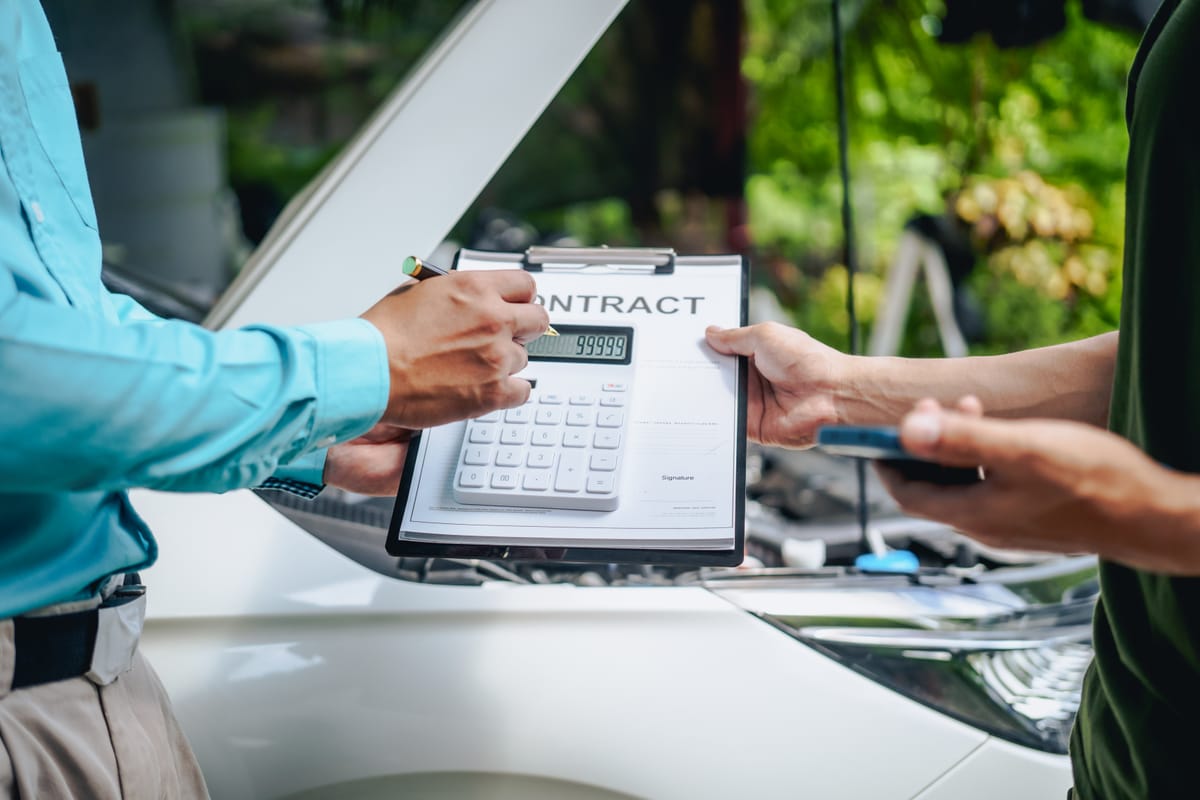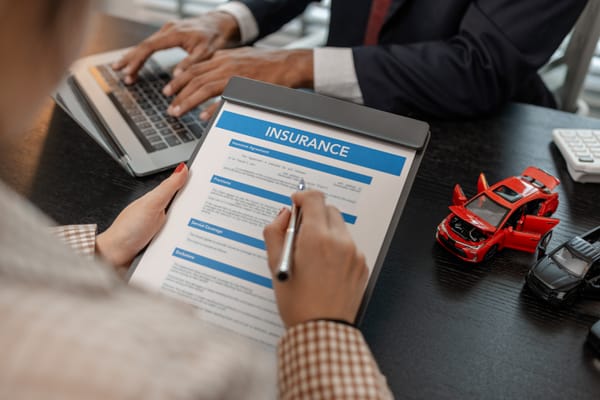Leasing vs Buying a Car in Kenya: Which Option Works for You?

You need a car, and the options are many. Among them? Leasing vs Buying. How do you know which one will work for you?
The decision can be overwhelming, but understanding both options will help you get a vehicle that works for you. Your choice, however, will depend on your financial situation, lifestyle, and long-term goals, particularly considering the unique needs of expats and business owners.
Let’s break down how each option works in terms of the numbers, benefits, and trade-offs.
What is Car Leasing?
Leasing lets you drive a car without owning it. It involves signing a contract where you pay to use a car every month for a set term. You, however, get a few options with the kind of lease you want. They include:
- Dry Lease – In this agreement, you get the vehicle, but you’ll be responsible for all its other costs, such as maintenance and insurance. This option is ideal for those who prefer to manage everything about their new ride.
- Semi-Wet Lease – In this arrangement, you will handle maintenance while the leasing company takes care of the insurance costs – ideal for a balance of support and freedom.
- Full-Service Lease – In this option, the leasing company manages all aspects, including insurance, maintenance, emergency breakdown, and more.
The best part about leasing is that it typically has lower upfront costs and monthly payments. Every one or two years, through this arrangement, you also get to have a different vehicle.
Leasing, say, a Toyota Land Cruiser V8 might cost Ksh400,000 a month. That includes insurance and maintenance, based on market rates. However, you don’t own the car at the end, and there may be mileage limits (usually about 25,000km annually) or wear-and-tear fees.
Advantages of Leasing
- Depending on the vehicle you choose, the monthly payments could be lower compared to buying via a loan, easing cash flow.
- Newer cars every one or two years, appealing since everyone fancies new technology and upgrades.
- Often includes insurance and repairs, reducing unexpected costs.
- Warranty coverage ensures major repairs are managed, ideal for low-maintenance needs.
Disadvantages of Leasing
- No ownership at the end, meaning no equity build-up. You return the car unless you buy it, adding long-term costs. You can lease a Ksh 8M car for 3 years, and you'll have paid over Ksh 16 million.
- Mileage restrictions can lead to fees if exceeded, limiting flexibility for high-mileage drivers.
- Wear-and-tear charges at the lease end can surprise you, especially with heavy use.
- Higher total cost over time if you lease repeatedly
What About Car Buying?
Buying a car means you own it after paying the full price. In Kenya, most car purchases are made with cash savings. Many people save over time to buy a vehicle outright. Financing is also an option, but it's less common, especially for locally used cars.
Buying with cash
Many Kenyans save over time to purchase a vehicle outright. This method avoids interest payments and allows for full ownership from the start.
The benefits of buying with cash are immediate full ownership, no monthly loan repayments, and greater freedom to negotiate on price. Depreciation is still a factor, especially for new cars, but locally used vehicles often depreciate less dramatically, sometimes even gaining value as import fees rise and demand for quality used models increases.
Financing Option
If you opt for a loan, you typically pay a deposit (the minimum is around 20%) and finance the remaining amount. However, note that car loans in Kenya tend to be less common than cash purchases for locally used cars.
- Key Details:
- Interest Rates: Average around 17.3% per annum, with some variations from 14% to 30% depending on the lender.
- Insurance Requirements: Financed cars must carry comprehensive insurance, which in Kenya is at least Ksh40,000 for a small car costing about Ksh1.2 million (3.5% of the buying price).
- Monthly Costs: For example, a Toyota Land Cruiser priced at Ksh8,000,000, financed with a 20% down payment over 3 years at 17.3%, may result in monthly loan repayments of roughly Ksh230,000. This figure strictly represents the loan repayment. You’ll also need to budget for monthly maintenance (approximately Ksh20,000 for a vehicle of this size) and fuel expenses.
The bottom line is, while financing spreads out the cost, the overall monthly expenses (including the mandatory comprehensive insurance and maintenance) must be carefully considered.
Over time though, buying the vehicle saves money if you keep the car long-term, as you build equity and avoid repeated lease costs.
Advantages of Buying
- Full ownership after cash payment or after loan repayment, building equity over time. You can sell or keep the car indefinitely.
- No mileage limits, perfect if you drive a lot, say over 20,000km yearly.
- Customization freedom lets you modify the car, like adding accessories or tinting.
- Potential high resale value, especially for reliable models.
Disadvantages of Buying
- Higher upfront costs, whether through significant cash savings or a substantial down payment for financing.
- Maintenance and repair costs are yours, starting at about Ksh 10,000/month for some cars.
- Depreciation affects resale value, especially for new cars. However, used cars may depreciate less dramatically, and some models can even retain or gain value due to rising import costs.
Cost Comparison: Leasing vs Car Financing vs Cash Purchase over 3 years (36 Months)
Costs vary by car model and terms, but here’s a general comparison for a used Toyota Land Cruiser V8 that sells for approximately Ksh8 million cash:
PS: The monthly loan installment (Ksh229,134) was calculated using the standard loan EMI formula. The loan amount after the deposit is Ksh6,400,000. If an interest of 17.3% is applied for 3 years, the total interest will be Ksh1,848,829, bringing the total repayment to Ksh8,248,829 - divide this by 36 months (3 years) and you get the monthly installments. Here’s a simple calculator to help with the math.
In summary,
- Leasing is the most expensive option, but it offers convenience. The monthly payment includes insurance and maintenance, and there's no ownership at the end of the term.
- Car Financing spreads out the cost, making it more affordable upfront. However, interest increases the total cost. Despite this, it's still cheaper than leasing.
- Cash Purchase has the lowest overall cost since there are no interest payments. However, it requires a large upfront investment.
Ultimately, if you’re focused solely on minimizing cash outlays over a three-year horizon and don’t mind not owning the car, leasing is the most cost-effective. If long-term asset ownership matters and you can afford the upfront expense, paying cash could be the preferred option, especially considering potential resale value later on.
Which Option Should You Choose?
Lease if you:
- Want a new car every few years, like for business image or tech updates.
- Drive less than 20,000 km yearly, avoiding mileage fees. For instance, city commuters with short trips fit here.
- Prefer lower monthly financial commitments, easing budget constraints. This suits those with a tight cash flow.
- Need flexibility, like for short-term projects, as leasing avoids long-term commitment.
Buy if you:
- Plan to keep the car for over 5 years and to maximize ownership benefits. For example, a family that needs a reliable vehicle long-term.
- Drive a lot, say for work, exceeding lease mileage limits. Long-distance drivers save on fees.
- Want to make some upgrades on your vehicle, like adding roof racks or tinting, which leases restrict.
- Seek equity, as buying builds an asset, unlike leasing’s recurring costs.
Start Your Car Ownership with Peach Cars Today
The choice between leasing and buying a car depends on your unique circumstances. Leasing offers a smart way to enjoy the benefits of driving a new car with flexibility and affordability. Meanwhile, buying provides the satisfaction of building long-term value and enjoying full ownership.
At Peach Cars, we're here to make the process simple and rewarding. Visit us today to explore our diverse range of vehicles or connect with our team for expert advice on financing options tailored just for you!
Sources: Leasing estimates: https://www.vismart.co.ke/vehicle-leasing-kenya/




